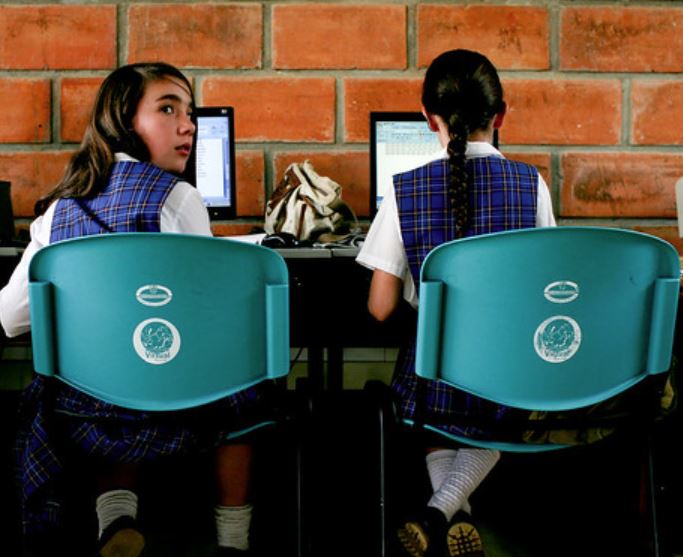


Maintaining Role and Boundary Awareness When Teaching Remotely in a Time of Crisis: Being Alert to the Challenges of One-on-One Electronic Communications
From our good friend and colleague, David Wolowitz.
With the advent of the COVID-19 pandemic, most schools have instituted remote learning. We are fortunate that so many schools and families have access to the technology to make this possible. Not surprisingly, the sudden and unexpected shift to remote learning comes with many challenges. One particular issue that may be overlooked is the potential for missteps in teacher–student relationships due to increased opportunities for unobserved electronic one-on-one communications.
Students may be communicating with teachers via email, text, or video conferencing for questions, support, and feedback. Under normal circumstances, such conversations would occur in scheduled and routine school settings. But these are not normal times. New schedules and routines are just being established and everyone is under stress.
Teachers, of course, care deeply for their students. It is only natural for them to be concerned about students who are experiencing disruption and anxiety in this uncertain time. During one-on-one communication with a student who is distressed, teachers may inadvertently slip out of their professional role into a counseling or parenting role. Teachers are particularly susceptible to having a “rescue mentality” when a student is struggling emotionally. While it is appropriate for teachers to provide reassurance to students and to encourage them to be calm, it is not the role of teachers to serve as emotional support providers to students. In this time of high stress and anxiety, it is especially important for teachers to maintain role awareness so that they stay in their professional role. Teachers are educators; they are neither counselors nor parents to their students. If a student is in distress, the teacher should notify the student’s parents, the school’s counselor, and appropriate administrators. A group decision can then be made how to appropriately support the student.
For the rest, click here.